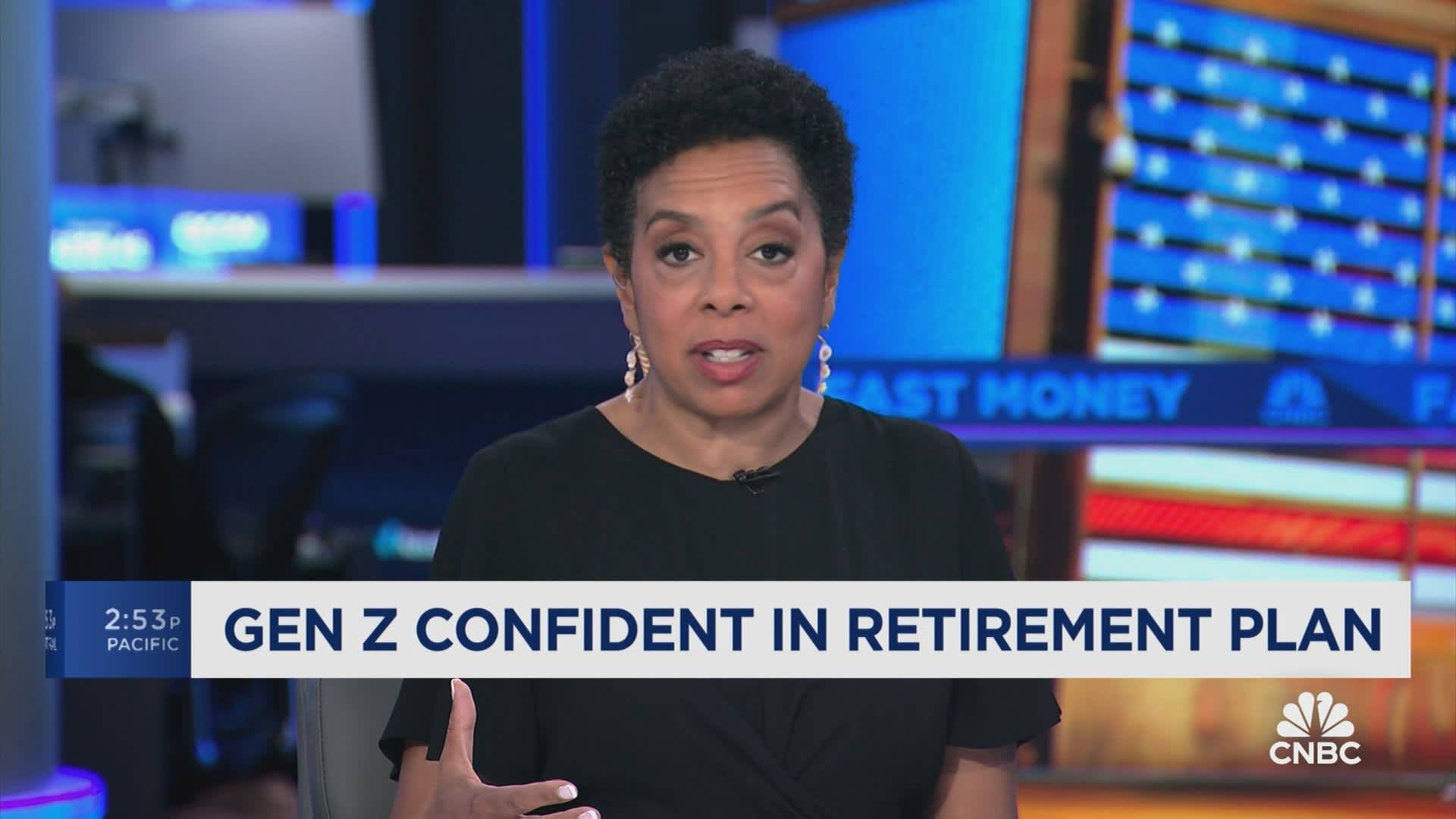Fg Trade | E+ | Getty Images
Gen Xers are starting to reach age milestones that give them penalty-free access to certain retirement funds.
The eldest members of that generation will be turning 59 this year. And once they reach a certain milestone — age 59½ — they can withdraw money from their individual retirement accounts, or IRAs, and 401(k)s penalty free.
Penalty-free withdrawals are also available to 401(k) participants who are age 55 or older and who lose or leave a job (or age 50 for certain public employees). That so-called Rule of 55 only applies to the account with the employer you’re leaving; plans from former workplaces don’t qualify.
Beyond those age guidelines, there are other exceptions that may enable savers to avoid penalties for early retirement withdrawals.
Yet even without a penalty, dipping into retirement funds as soon as you’re able to can be a “bad move,” according to Ed Slott, a certified public accountant and founder of Ed Slott and Co.
“It should be a last resort,” Slott said. “That’s the most expensive place to get money when you need it, because you pay tax on that money.”

While traditional IRA owners are typically subject to levies on their withdrawals, Roth IRA owners may be able to avoid a tax bill, so long as their account has been open for at least five years.
But retirement savers should be especially hesitant of tapping their Roth IRAs, because they’re growing, compounding and building income tax free, Slott said.
“Don’t touch the Roth,” Slott said. “Tax-free money grows and snowballs the fastest because it’s not eroded by current or future taxes.”
Gen Xers who are planning for retirement face more stressors than their parents’ generation, particularly a higher cost of living and the responsibility for caring for both their children and parents, according to Rita Assaf, vice president of retirement products at Fidelity.
Recent Fidelity research found 1 in 10 Gen Xers have yet to identify when they plan to retire.
To get more certainty, having a plan can help, Assaf noted.
Tap non-retirement accounts first if possible
Savers who have access to non-retirement funds may want to consider dipping into that money instead, according to Assaf.
“You can take advantage of longer tax benefits if you keep it in your IRAs longer,” Assaf said.
More from Personal Finance:
‘Quiet quitting’ to ‘coffee badging’: Employees are less interested in work
How on-time rent payments can help the ‘credit invisible’
Why Social Security wants you to update your account
Savers who are tempted to withdraw from IRAs may get themselves into a bind when it comes to their tax bills, Slott said, citing one couple who took a $20,000 IRA withdrawal to pay for their wedding even after he cautioned them against it.
The couple spent the full $20,000 on the wedding. When that prompted a tax bill of around $2,000 to $3,000, they withdrew even more. That marked the beginning of a habit of withdrawals that lasted for years, Slott said.
“They got into the cycle of taxation that wiped out their retirement savings,” Slott said.
Add money through catch-up contributions
For younger Gen Xers, age 50 marks another milestone, when they can start making catch-up contributions to retirement accounts.
In 2024, retirement savers 50 and over can put away an additional $7,500 in their 401(k)s, for a total of $30,500, and $1,000 more toward their IRAs, for up to $8,000.
Catch-up contributions are a valuable opportunity for workers in their 50s and 60s, who are often in their highest earning years, Slott said.
Consider Roth conversions
Gen Xers who are invested in traditional IRAs and workplace retirement plans have another age milestone to look forward to — age 73 — when they must start taking required minimum distributions.
Roth IRAs do not require withdrawals until after the account owner dies.
To clear the way for tax-free withdrawals in retirement, retirement savers may opt to gradually convert pre-tax IRA funds to post-tax Roth accounts.
While that will require paying taxes on Roth conversions now, it makes it so retirees have less of a tax hit on their income later, Assaf said.
“We kind of call it that RMD balloon, and you’re letting a little bit of air out by doing some of these conversions,” Assaf said.
Eligible retirees may opt to do qualified charitable distributions by donating money from their traditional IRAs tax-free to charity rather than taking a required minimum distribution.

